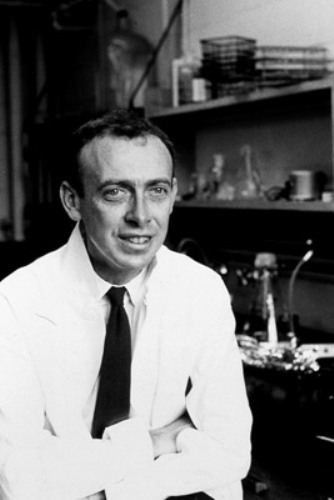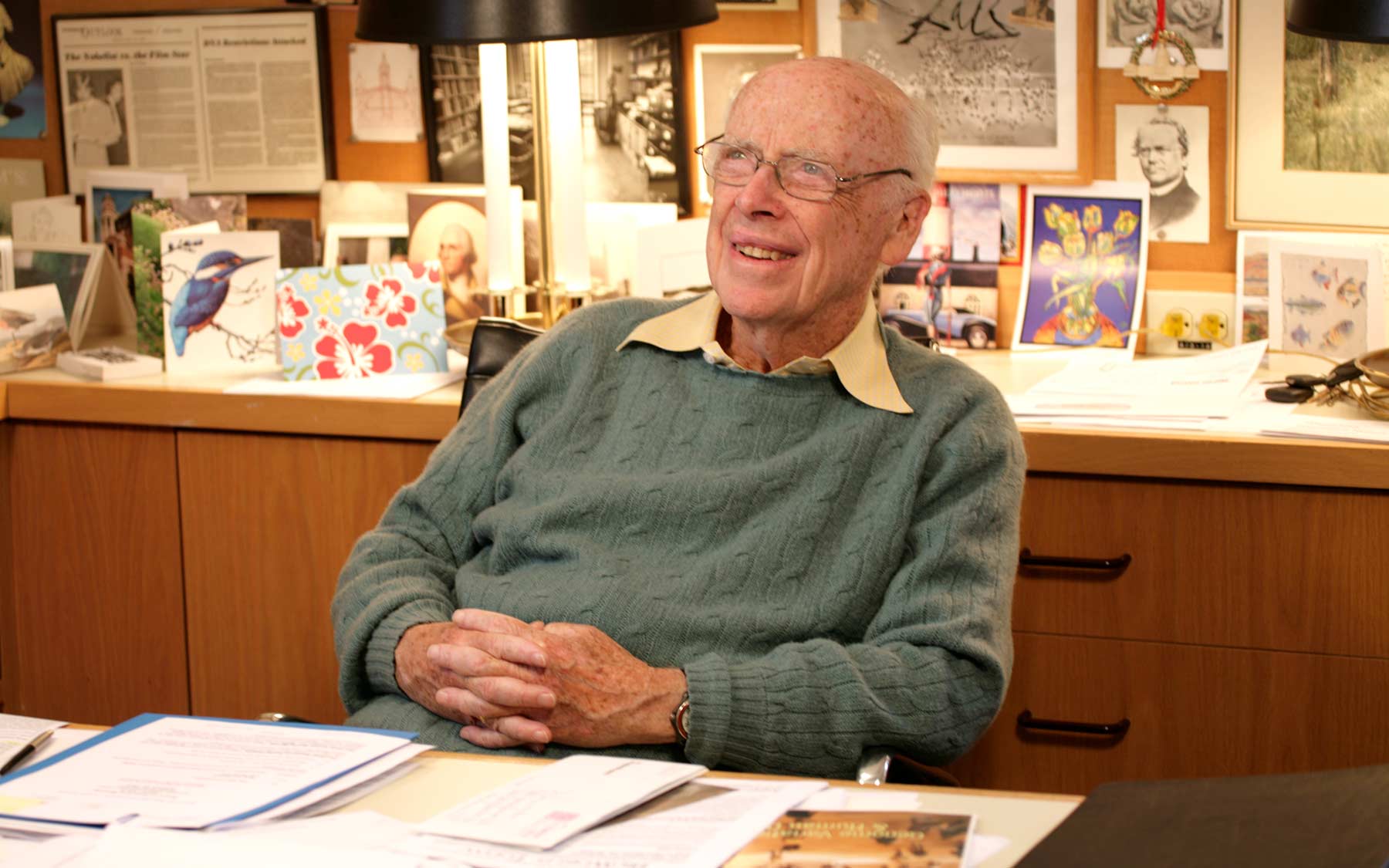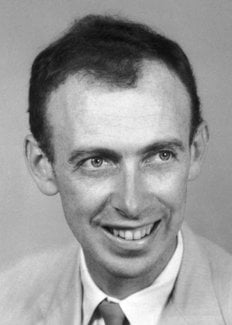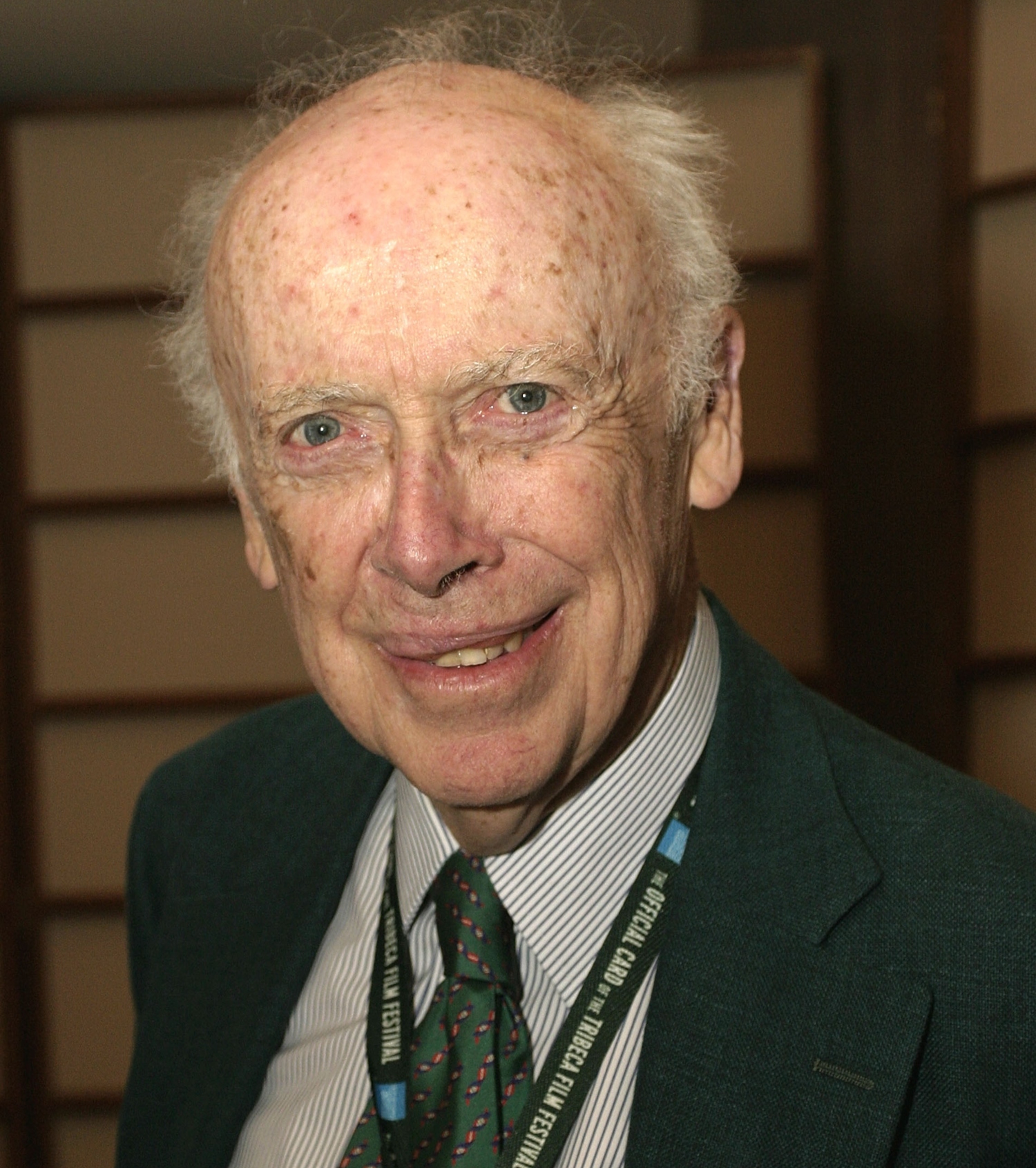
Jerry Donohue, a visiting physical chemist from the United States who shared Watson and Crick's office for the year, pointed out that the configuration for the rings of carbon, nitrogen, hydrogen, and oxygen (the elements of all four bases) in thymine and guanine given in most textbooks of chemistry was incorrect. After several failed attempts at model building, including their own ill-fated three-stranded version and one in which the bases were paired like with like (adenine with adenine, etc.), they achieved their break-through. The time, then, was ripe for their discovery. Indeed, Crick and Watson feared that they would be upstaged by Pauling, who proposed his own model of DNA in February 1953, although his three-stranded helical structure quickly proved erroneous.

Moreover, he had pioneered the method of model building in chemistry by which Watson and Crick were to uncover the structure of DNA. Linus Pauling, then the world's leading physical chemist, had recently discovered the single-stranded alpha helix, the structure found in many proteins, prompting biologists to think of helical forms.

Maurice Wilkins and Rosalind Franklin had obtained high-resolution X-ray images of DNA fibers that suggested a helical, corkscrew-like shape. The biochemist Erwin Chargaff had found that while the amount of DNA and of its four types of bases-the purine bases adenine (A) and guanine (G), and the pyrimidine bases cytosine (C) and thymine(T)-varied widely from species to species, A and T always appeared in ratios of one-to-one, as did G and C. The organic chemist Alexander Todd had determined that the backbone of the DNA molecule contained repeating phosphate and deoxyribose sugar groups. Other researchers had made important but seemingly unconnected findings about the composition of DNA it fell to Watson and Crick to unify these disparate findings into a coherent theory of genetic transfer. Drawing on the experimental results of others (they conducted no DNA experiments of their own), taking advantage of their complementary scientific backgrounds in physics and X-ray crystallography (Crick) and viral and bacterial genetics (Watson), and relying on their brilliant intuition, persistence, and luck, the two showed that DNA had a structure sufficiently complex and yet elegantly simple enough to be the master molecule of life. This meant taking on the arduous intellectual task of immersing themselves in all the fields of science involved: genetics, biochemistry, chemistry, physical chemistry, and X-ray crystallography. They seized on this problem during their very first encounter, in the summer of 1951, and pursued it with single-minded focus over the course of the next eighteen months.

Without such knowledge, heredity and reproduction could not be understood. The double helix has not only reshaped biology, it has become a cultural icon, represented in sculpture, visual art, jewelry, and toys.Ĭrick and Watson recognized, at an early stage in their careers, that gaining a detailed knowledge of the three-dimensional configuration of the gene was the central problem in molecular biology. Major current advances in science, namely genetic fingerprinting and modern forensics, the mapping of the human genome, and the promise, yet unfulfilled, of gene therapy, all have their origins in Watson and Crick's inspired work. During the 1970s and 1980s, it helped to produce new and powerful scientific techniques, specifically recombinant DNA research, genetic engineering, rapid gene sequencing, and monoclonal antibodies, techniques on which today's multi-billion dollar biotechnology industry is founded.
#JAMES WHATSON CODE#
In short order, their discovery yielded ground-breaking insights into the genetic code and protein synthesis.

The discovery in 1953 of the double helix, the twisted-ladder structure of deoxyribonucleic acid (DNA), by James Watson and Francis Crick marked a milestone in the history of science and gave rise to modern molecular biology, which is largely concerned with understanding how genes control the chemical processes within cells.


 0 kommentar(er)
0 kommentar(er)
